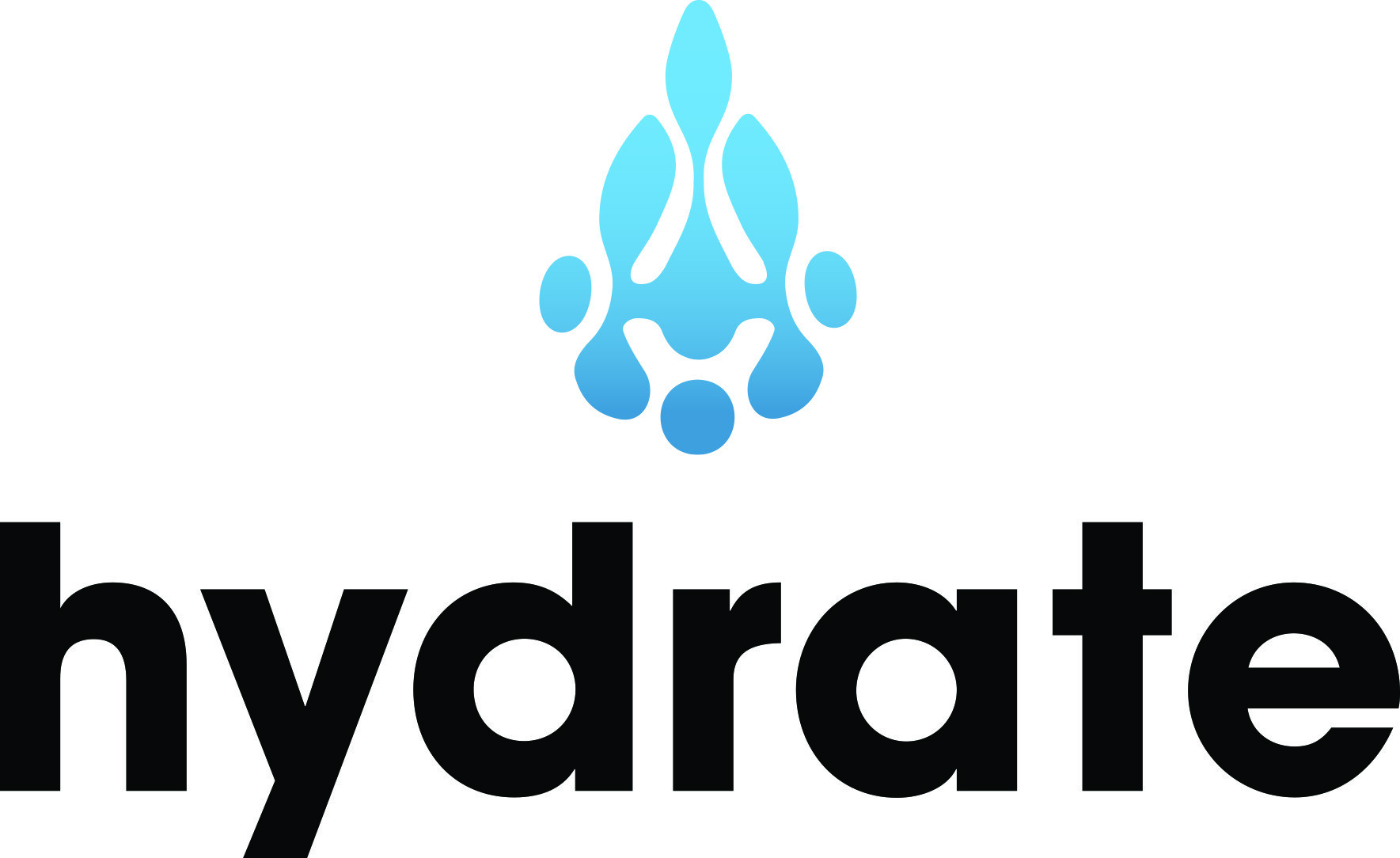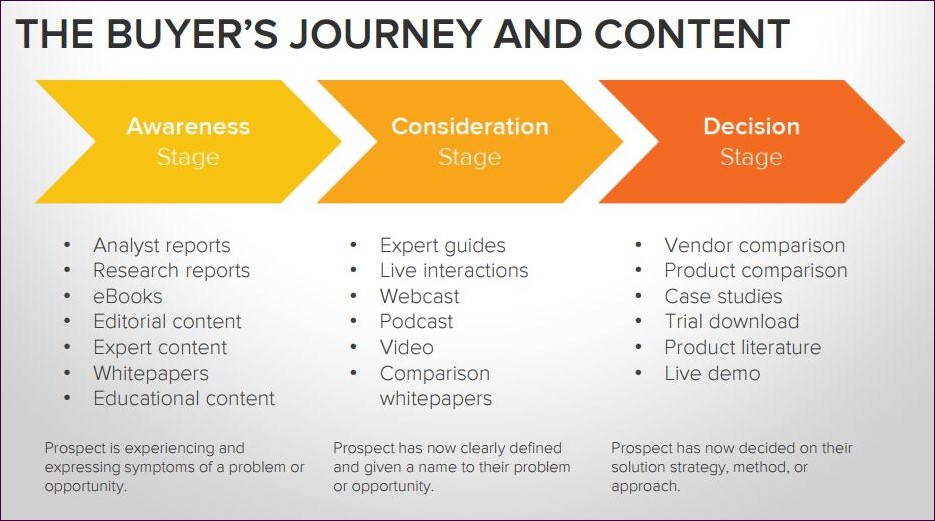The way we search online is quickly evolving. With AI-powered tools reshaping how internet users find answers, your SEO strategy can’t rely solely on traditional rankings anymore.
Search visibility isn’t just about keywords anymore; it’s about context, structure, and strategic optimization. While SEO remains the cornerstone of discoverability and ranking, Schema brings the clarity that search engines and their AI systems depend on. This blog breaks down the difference between the two, clarifies how they intersect, and explains why using both together is essential for maximizing visibility, enhancing user experience, and staying ahead in today's competitive search environment.
If you’ve been using Google Analytics for years, you might have felt somewhat lost when Google Analytics 4 (GA4) replaced Universal Analytics (UA). While GA4 offers powerful new capabilities, it also has a learning curve. So, what’s changed, and how does it impact your ability to track and measure your marketing success? Let’s break it down.
Marcus Sheridan of The Sales Lion claims that 70% of people who contact a company already know they will do business with them. That’s because they’ve done their research online before contact. This is even true of people looking for a financial advisor. Therefore, an effective, optimized online presence is required to compete in the modern finance industry.
Having a strong online presence is crucial for business growth, regardless of industry. Taking a comprehensive approach to enhancing your company's visibility across the Internet is a valuable use of time as it can help you generate more and better-quality leads. This blog will introduce you to an in-depth analysis process called the Total Online Presence Audit (TOPA) and further explain why you should conduct one on your brand.
In the age of the Empowered Buyer, it’s crucial to make it easy for your target audiences to find you online. These days, consumers are already halfway to making a purchasing decision before they reach out to you directly. This is because they are doing their research digitally, and therefore do not need to contact you immediately.
Have you ever looked at your business' website and wondered, "What is the point of this thing?" If so, you've probably got some work to do. A website should not be something that is built, published, and never touched again. If you think about it, your website serves several functions, such as attracting new leads, processing sales, and advertising your brand. One of the greatest ways a business can hurt themselves is by treating their website like an online brochure, instead of their strongest marketing asset. With that in mind, don’t you want a website that doesn’t just work, but works for you?
Did you know that only 3% of buyers are active buyers? Active buyers are ready to purchase and are searching for the company that can best meet their needs.
That means that 97% of buyers are passive buyers. They're in the early stages of the buyer's journey and still investigating solutions to their problems. That's why it is crucial that companies produce helpful content that positions them a resource for prospective buyers in this early stage, and that guides buyers through the subsequent stages of the buyer's journey.















